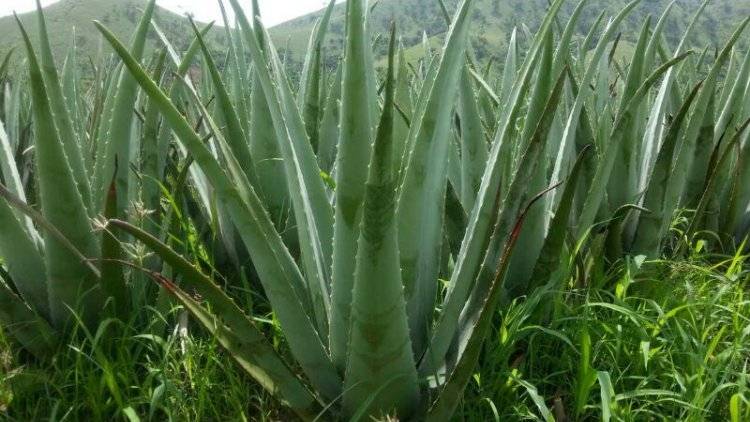
Aloe vera, a popular houseplant, is a good source of antioxidants. It protects our skin from the harmful effects of ultraviolet radiation and repairs our skin and helps prevent fine lines and wrinkles. Like other succulents, aloe vera is not too hard to grow if you meet a few conditions it requires. It requires well-drained soil and should be planted in a pot with drainage holes so the roots never remain in the water.
If you see the long leaves start to droop and get mushy, it’s sure that you have overwatered your plant. The important news is that you can still save it.
3 Reasons for Drooping:
To understand better why your aloe vera plants droop, and what you can do to prevent it from happening again. Let’s discuss it in detail:
1. Overwatering Aloe Vera is bad!
As there're multiple health benefits of aloe vera but when the plant is being overwatered, its leaves develop water-soaked spots that look soggy & soft. It’s almost as the entire leaf becomes saturated with water, then it turns to mush. Unfortunately, the entire plant dies. That’s why it is very important to keep well-drained sandy soil. In winter, the moisture will not dry up overly quickly so water sparingly- once every week.
2. Improper or No Drainage is deadly
-
Your plant may also become waterlogged when the pot lacks proper drainage. Adding a layer of pebbles at the bottom of the pot can actually solve this problem. As moisture moves down through the soil, it forms what’s called a perched water table over the pebbles.
-
That means your aloe's roots are constantly saturated. When all the air spaces between soil particles are filled with water, your plant's roots will die because of a lack of oxygen as the root needs to breathe.
3. Your Aloe Plant isn't receiving Enough Sunlight
Like other plants, aloe also needs sunlight to thrive and survive. A happy plant requires six hours of sunlight per day. Placing it in shade can enhance the chances of leaf drooping, but leaving it in the sun for too long could result in sunburned leaves.
How you can fix Watering Problems & Save Your Plant:
You can still save your waterlogged dying plant if you dig it up and let it dry out for a day or two. You have to gently remove any leaves & roots that look to be mushy. It’s also a good time to divide your plant if it has several offshoots called pups growing from the base.
Once the main plant's root ball has dried out, dust the base of the plant with rooting powder and replace it in a pot with proper drainage.
Give your aloe bright but indirect light & keep it on the dry side. It might take few weeks, but you should begin to see new, healthy leaves starting to grow from the plant.











